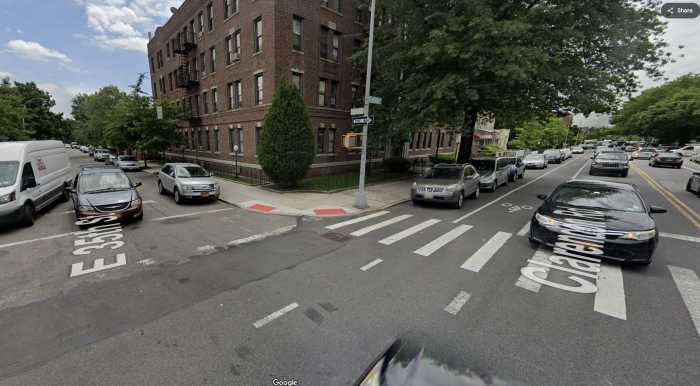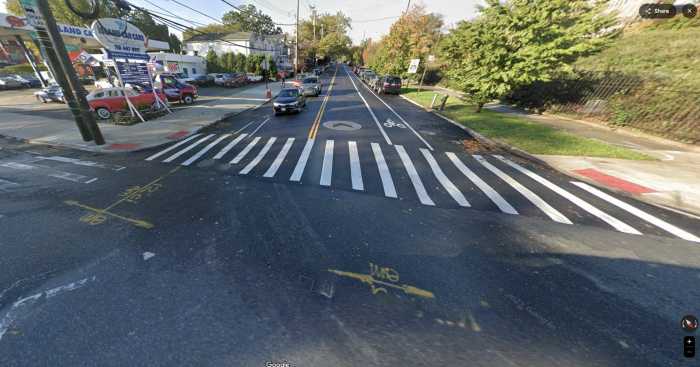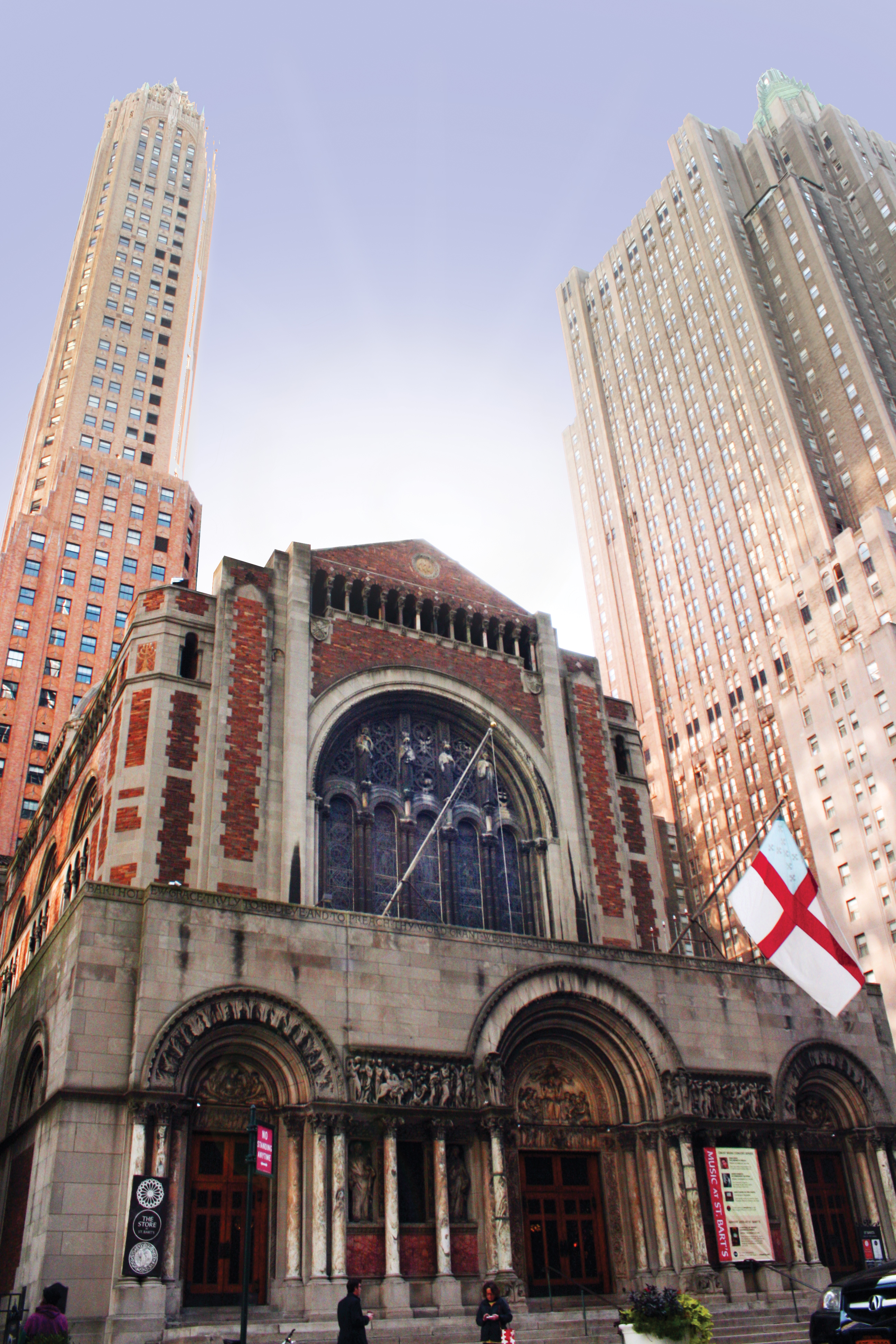
BY JACKSON CHEN | More than a year into a second round of discussions about rezoning Midtown East, a steering committee established by the city has released its final rezoning plan that is filled with dozens of recommendations.
The rezoning proposal, an initiative of the Department of City Planning (DCP), focuses on a 73-block area — bordered roughly by Second and Fifth Avenues and East 39th and East 57th Streets — that surrounds the iconic Grand Central Terminal.
If approved, the rezoning would provide incentives to attract the construction of modern commercial buildings to maintain Midtown East’s appeal as a business district, while providing funding both to maintain properties officially landmarked by the city and to enhance public spaces and transit access in the district.
The incentives offer developers a greater floor-area ratio (FAR) to create bigger commercial buildings without going through review from the City Planning Commission or the Board of Standard and Appeals, so long as projects meet basic zoning regulations. FAR is a ratio calculated by dividing the total floor space in a building by the square footage of the property on which it sits. According to the recommendations, developers would be allowed to exceed the current limits — a factor of 15 on or near avenues and 12 on side street mid-block locations — by making “public realm improvements” to both nearby public transit access and open space availability and through the purchase of air rights, or in urban planning parlance transferrable development rights (TDRs), from landmarked properties.
To date, the district has been unable to make full use of available TDRs because their sale is typically restricted to sites near the properties able to transfer them. The rezoning plan will allow landmarked buildings to transfer their TDRs throughout the entire 73-block area.
Given the significant impacts expected from this rezoning, Mayor Bill de Blasio and Planning Commission Chair Carl Weisbrod created the East Midtown Steering Committee in September 2014 and designated Borough President Gale Brewer and City Councilmember Dan Garodnick as co-chairs. The committee is comprised of local officials and community stakeholders and met 20 times, beginning on September 30, 2014, to formulate its extensive 102-page report.
“We are delivering a framework that will unlock the economic potential of this world-class business district, while preserving our historic resources and ensuring that the public derives a benefit from new development projects,” said Garodnick, as the rezoning plan was announced on October 29.
The steering committee report recommended that air rights transfers carried out under the proposal be subject to an assessment in the range of 20 to 40 percent, which would be earmarked for a public fund dedicated to the improvement of public spaces and transit access throughout the district.
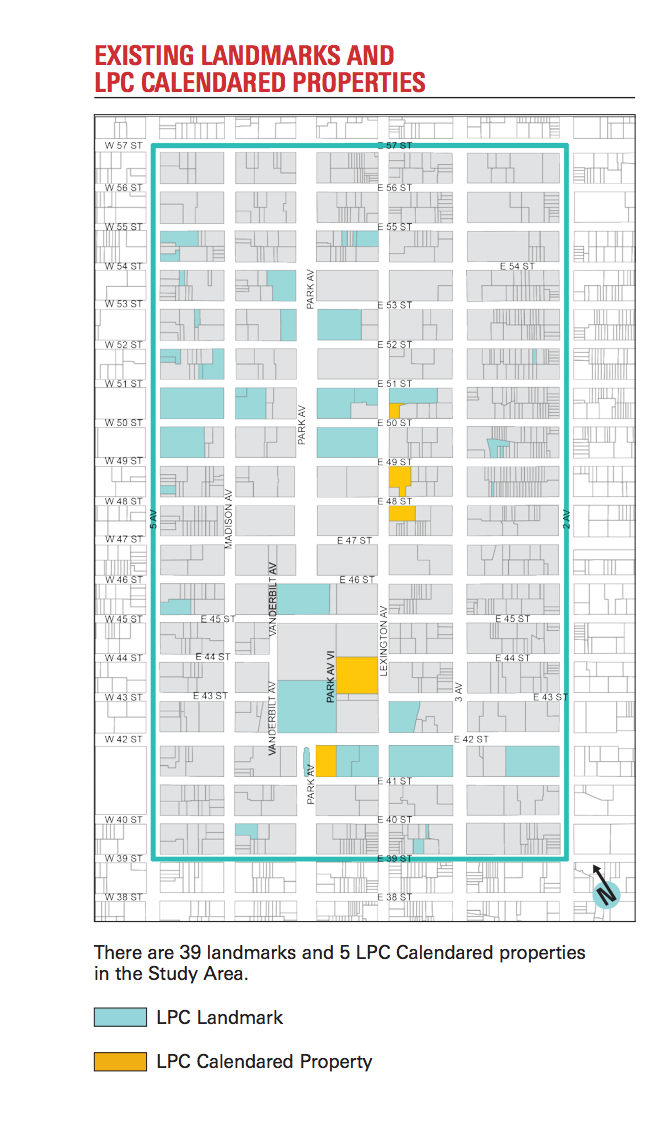
According to the steering committee’s report, experts said that air rights “can be easily $400 per square foot or more,” which, based on an estimate of roughly four million square feet of total unused TDRs, could generate contributions to the improvements fund of more than $300 million, even at the lower end of the assessment range being discussed.
However, three religious institutions, all of them landmarked and with a large amount of unused TDRs — which they could, under the proposal, sell throughout the rezoning district — have already signaled dissatisfaction with the terms suggested in the steering committee report.
“We are concerned that the high assessment on transfers proposed in the committee report greatly diminishes the rezoning’s twin objectives of promoting development and historic preservation,” St. Patrick’s Cathedral, St. Bartholomew’s Church, and the Central Synagogue said in a joint written statement.
Elected officials, in response, argue that the mechanism opening up the TDRs for sale offers benefits that cannot now be realized and at a reasonable cost.
“We are freeing up unused and unusable air rights for area landmarks,” Brewer and Garodnick said in a joint statement. “And that benefit far outweighs any burden of an assessment for the public realm in East Midtown.”
An earlier, unsuccessful proposal for rezoning Midtown East, developed in the waning days of the Bloomberg administration, would have allowed the city itself to sell air rights for $250 per square foot, which would have depressed the value of the TDRs held by landmarked properties. Under the new plan, the city would not compete in offering its own air rights sales.
The steering committee report also included recommendations regarding sustainable development, historic preservation, and the creation of a new governing entity to oversee the public funds generated from the air rights transfers. This East Midtown Improvement Fund, which would operate in a “lock box” style, would be overseen by a governing body tasked with balancing government input and “highly-qualified outside voices” on how best to target projects for support.
The steering committee, mindful of the risk of funds simply sitting stagnant in untouchable coffers, recommended the city invest in creating a “Concept Plan” detailing the range of public space projects to consider and the criteria by which to make selections.
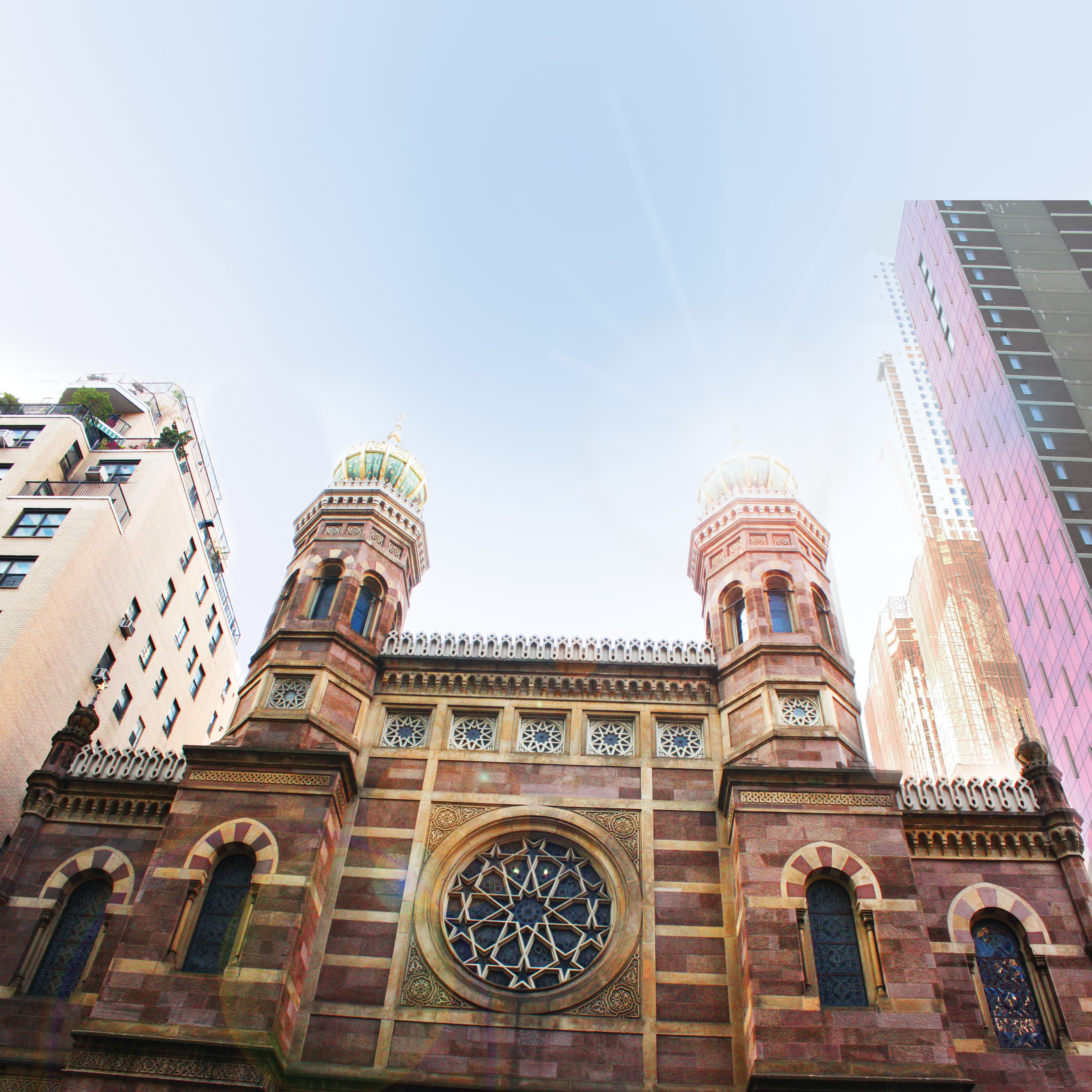
The steering committee also recommended that the city’s Landmarks Preservation Commission calendar and designate as many buildings as it deems worthy of preservation within the Midtown East rezoning borders before the plan moves forward. Despite the Midtown East area being home to a large number of high profile landmarks — such as Grand Central Terminal, the Chrysler Building, and the Waldorf-Astoria Hotel, in addition to major religious institutions — the committee said there are at least 30 properties within the rezoning proposal’s borders that could merit a landmark designation.
Throughout the dozens of recommendations in the report, the committee emphasized the goal of making developers subject to standards that would score a gold Leadership in Energy and Environmental Design (LEED) designation and help reduce the city’s carbon emissions.
“These recommendations will help enhance the East Midtown area as a world class commercial district in the 21st century” said Brewer. “They will ensure that development doesn’t happen haphazardly and that landmarks, open space, and transit upgrades are at the forefront of the development process, rather than an afterthought.”
Prior to this large-scale rezoning proposal, a five-block area along what is known as the Vanderbilt Corridor was rezoned by the City Council to allow for a 63-story tower at the intersection of East 42nd Street and Vanderbilt Avenue. In winning approval for the project, developer SL Realty had to provide for roughly $210 million in infrastructure improvements to Grand Central Terminal across the street.
Building on the Vanderbilt Corridor model, the much-larger Midtown East rezoning’s linkage between financial support for nearby transit improvements and a higher FAR limit on a developer will, according to the steering committee report, have a major impact on improving bus service in the neighborhood as well as airport access.
Now that the report is submitted, the steering committee’s recommendations will be subject to the city’s Uniform Land Use Review Procedure that includes reviews by the Planning Commission among other city agencies, before final approval by the City Council.
“The East Midtown Steering Committee report provides an extremely constructive framework to advance the second track of our strategy to strengthen East Midtown as New York’s premier business district,” said Weisbrod.
Contact Jackson Chen at JChen@cnglocal.com.



